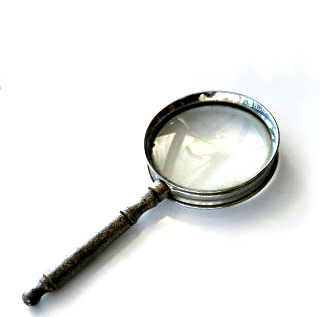PC reviews COVID-era equality
 The Productivity Commission has examined economic inequality in Australia during the COVID-19 pandemic and subsequent recovery.
The Productivity Commission has examined economic inequality in Australia during the COVID-19 pandemic and subsequent recovery.
The research paper investigates changes in income and wealth distribution, particularly among women, older Australians, and Aboriginal and Torres Strait Islander people.
The COVID-19 pandemic led to significant fluctuations in economic inequality. In the initial stages, income inequality decreased due to substantial government support.
“The initial pandemic period saw an unprecedented decline in income inequality,” said Commissioner Catherine de Fontena.
“The incomes of lower-income households grew rapidly in relative terms in the early stages of the pandemic, due to the massive increase in support payments from the Government.” However, as the economy recovered and government support was phased out, income inequality increased again.
Wealth inequality also saw changes during the pandemic.
“Some lower-income Australians were able to save or reduce debt due to early government support,” said Commissioner de Fontenay.
“And although house prices soared during the pandemic period, the strongest price increases were in regional areas where house prices are lower. This all had the effect of reducing wealth inequality.”
The report delves into the economic status of older Australians, women, and Aboriginal and Torres Strait Islander people, highlighting distinct patterns and disparities.
While older Australians have lower incomes compared to their working-age counterparts, many possess significant wealth.
“When you look at wealth and income together, older Australians are doing better on average than younger Australians,” said Commissioner de Fontenay.
The report identifies persistent gender disparities in income and wealth. Despite women earning less than men across all levels, there has been an increase in the proportion of women at the top of the income distribution.
“We are seeing some improvements in the income gap between men and women consistent with an increase in women’s workforce participation and a declining gender pay gap,” said Commissioner de Fontenay.
The income gap between Aboriginal and Torres Strait Islander people and the national average narrowed early in the pandemic but widened again by 2022. Commissioner de Fontenay said that economic measures only partially capture overall wellbeing for these communities.
“This is a particularly significant consideration in the case of Aboriginal and Torres Strait Islander people, for whom wellbeing encompasses cultural identity, community connections and other measures of quality of life,” she said.
The full report is accessible here.








 Print
Print